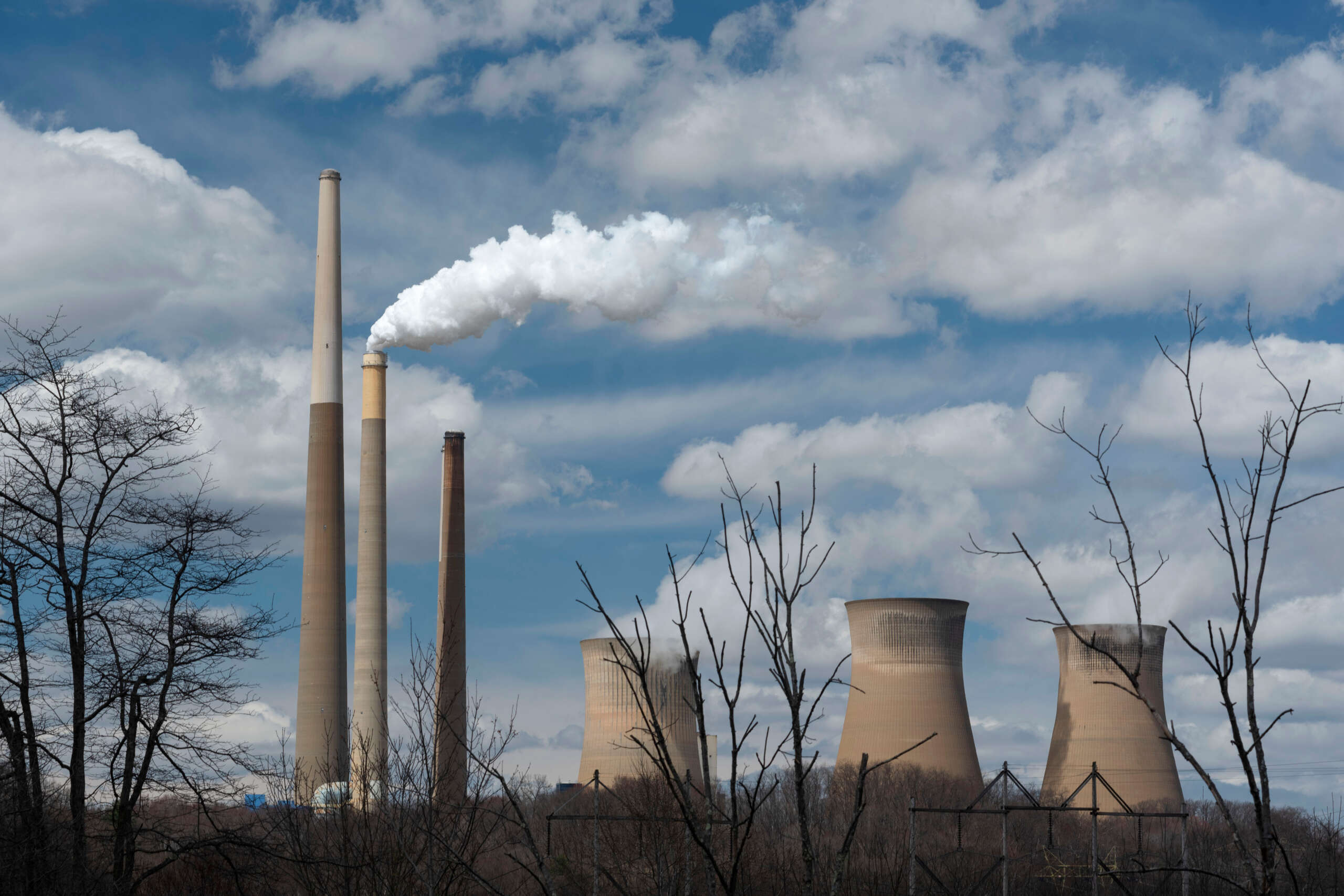Types of Asbestos Fibers & Their Uses
Asbestos is a grouping of six minerals that occur naturally in the environment as bundles of fibers, which can separate into thin, durable threads. These fibers are insoluble, resistant to heat, fire, and chemicals, and do not conduct electricity. Asbestos has been used in many commercial and consumer applications since its discovery in the early 1800s.
Serpentine Asbestos minerals (single chain)
Chrysotile
Chrysotile asbestos makes up 95 percent of the asbestos produced worldwide. You can find it today in the roofs, ceilings, walls, and floors of homes and businesses. Manufacturers also used chrysotile asbestos in automobile brake linings, gaskets and boiler seals, and insulation for pipes, ducts, and appliances.
Chrysotile is a magnesium silicate mineral. It is white and can contain green, yellow, or gray streaks. This asbestos mineral has long, curly, and flexible fiber strands strong enough to be woven.
Amphibole Asbestos minerals (double chain)
Actinolite
Actinolite has limited use because it is a rare form of asbestos that contains high magnesium levels. Actinolite was used in small amounts to manufacture fireproofing materials, potting soil, and concrete.
Actinolite can be recognized by its brown color. Sometimes it may have gray or green streaks. This mineral has long, straight, somewhat flexible needle-like fibrous strands. As such, actinolite fibers can be easily inhaled and would severely damage lung tissue.
Amosite
Amosite originated from South African mines and is the second most commonly used. Amosite contains a high iron content and was used for various purposes such as an additive for structural steel, many building products, cement sheet, and pipe insulation.
Amosite can be recognized by its brown color. It has long, straight, needle-like fibers which can be easily inhaled and lodge in the lung tissue. Many countries have banned the use of amosite, and South Africa ceased mining in 2000.
Anthophyllite
Anthophyllite was mined in Finland and the U.S. in Georgia and North Carolina. Anthophyllite is a rarely found form of asbestos with high magnesium and iron levels used in limited quantities for ceiling tiles and composite flooring. It also occurs as an additive in vermiculite and talc.
Anthophyllite can be recognized by its earthy brown or red color. Sometimes it may contain white or gray streaks.
Crocidolite
Crocidolite is an asbestos form with a high level of soda, with traces of iron and magnesium. Crocidolite originated in mines in Bolivia, South Africa, and Australia. Crocidolite has a flexible but strong texture that makes it suitable for spinning and weaving. It was used in Europe, Australia, and Africa in pipe, thermal, and spray-on insulation.
Crocidolite is the easiest asbestos mineral to recognize due to its bluish color. Sometimes it may appear to be lavender or have a greenish-blue hue. Crocidolite needle-like fibers are long, straight, extremely thin, sharp, and silky. Crocidolite is considered to be the most dangerous asbestos mineral because when inhaled, it lodges quickly in the lung tissues.
Tremolite
Tremolite has various amounts of iron, with trace amounts of manganese and chromium. Tremolite was used in insulation, potting soil, talcum powder, and cosmetics.
Tremolite can be recognized by its transparent white or pale green color and short, straight, brittle, needle-like fibers.
Find answers to common questions our asbestos attorneys are asked, read about our experienced mesothelioma lawyers, or feel free to contact our mesothelioma attorneys directly with questions. One of our lawyers will be happy to answer any questions you might have about pursuing litigation with no obligation to file suit.Don’t let time limit your rights. Contact us now.




